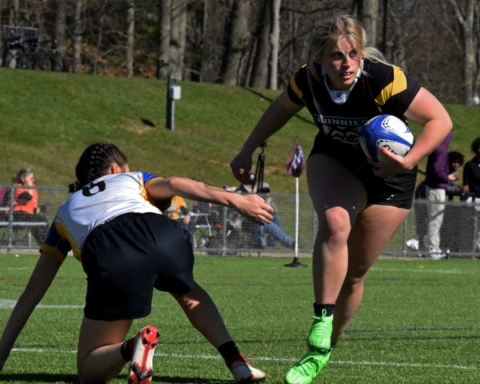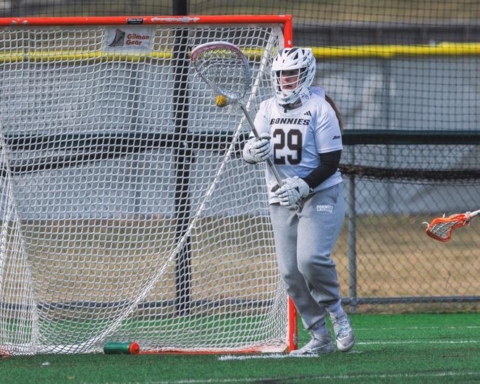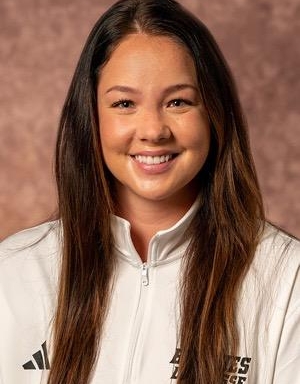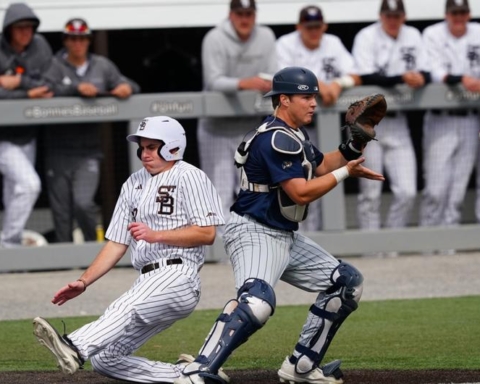Tucked away in the basement of the Reilly Center, just off Bob Lanier court, sits the the heart of St. Bonaventure athletics: the athletic trainers’ office.
This office has seven athletic trainers who take on the responsibility of treating St. Bonaventure’s student-athletes.
Weekday hours for St. Bonaventure athletic trainers start at 8 a.m. and end at 6 p.m., meaning a trainer is typically in the trainers’ office during these times. But sometimes, the trainers do their job outside their set hours.
Bradly Pruett, director of sports medicine and head athletic trainer at St. Bonaventure, pointed out this schedule varies from trainer to trainer.
“Based on sports schedules, practices and games, there is always someone outside of those times, either before or after,” Pruett said. “For example, our men’s soccer athletic trainer is here very early in the morning because they practice 6-9 a.m. Our women’s soccer athletic trainer is here really late because they go 6-9 p.m. We are open until 6 p.m., but that is very rarely the normal day for an athletic trainer.”
Pruett mentioned how trainers even put in time on the weekends.
“If [student-athletes] need something, they can always get into contact with us,” Pruett said. “We are more than happy to come over on the weekends and do whatever needs to be done.”
The seven athletic trainers, three full time trainers and four interns, cover teams with various sizes. This can have an effect on the numbers of athletes you may see in a day. Being in season can also play a role, Pruett pointed out.
“It depends, especially on the teams that you cover and their size,” Pruett said. “It can typically vary from a handful, say five or six, to a couple dozen. That is hands-on rehab. Normally, you are going to see everyone on your team, especially if you are in season.”
Pruett compared Bonaventure with some of his former places of work, including fellow Atlantic 10 school, VCU. Bonaventure’s size affects how athletics operates, according to Pruett.
“Bonaventure itself is a unique campus and a unique community,” Pruett said. “The communication between administration, coaches, sports medicine and strength and conditioning conditioning is tremendous. Considering some of the other places I have worked at, we are much smaller and kind of all here in one building. It is very easy for everyone to communicate.”
An athletic trainer is difficult to describe, according to Pruett. Not only must they take care of an athlete’s physical ailments, but an athletic trainer keeps up with a constantly changing world, which emphasizes subject such as mental health and nutrition.
“You wear so many hats as an athletic trainer,” Pruitt said. “A lot of people look at it from the outside and say we just take care of their injuries as they result from athletics. It is a little bit more than that.”
So, why do it? Why become an athletic trainer? Pruett explained his favorite parts of the job.
“I would consider this a very rewarding career,” Pruett said. “And if you think about it, to see the development of a student athlete from the time they arrive on campus as a 17 or 18 year-old freshman to the time they leave as a 22 or 23 man or woman…that’s a pretty unique thing to see first hand.”
“You sacrifice a lot of time for the success of these young men and women, and I think that what really makes it satisfying is to see them succeed when you’ve put a lot of time and energy into them.”
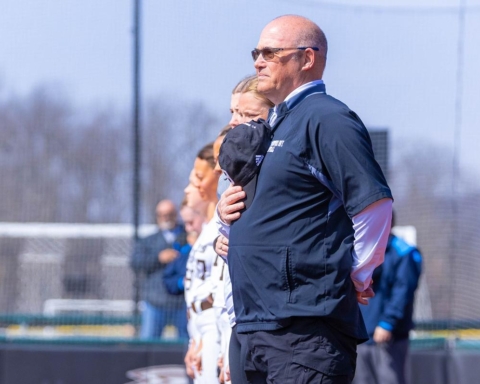
The history of the softball program
Photo: St. Bonaventure Athletics BY NATHAN DONNELLY, CONTRIBUTING WRITER When the St.

